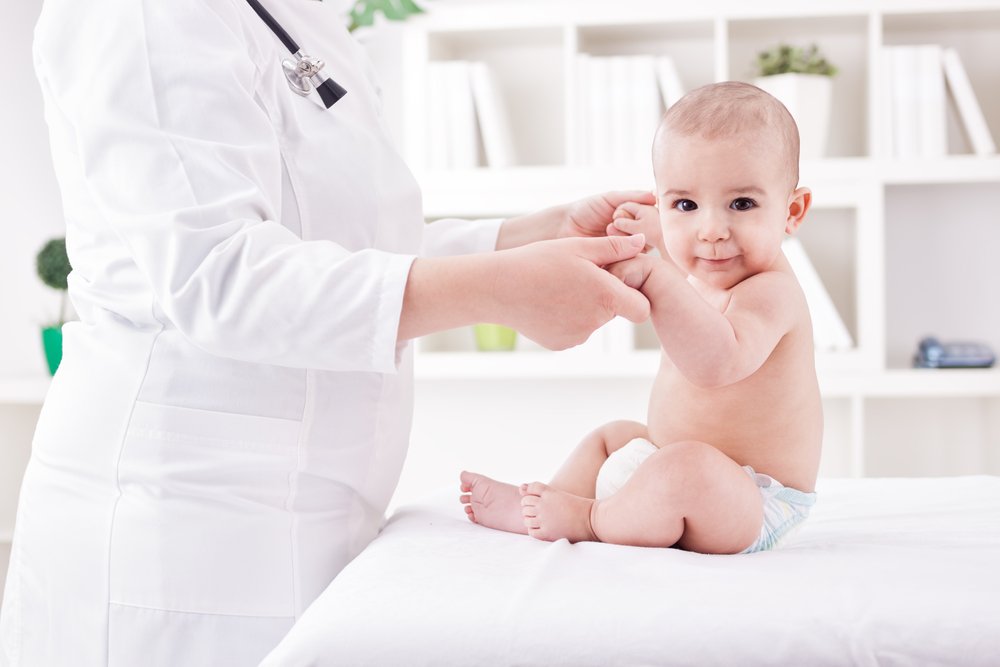Cerebral Palsy Can Be Diagnosed as Early as 5 Months of Age with Right Tools, Researchers Say

Doctors usually diagnose cerebral palsy (CP) in children at 12 to 24 months of age, but a new study says they can be diagnosed as early as five months after birth using a valuable combination of standardized tools that include neuroimaging as well as neurological and motor assessments.
The study, “Early, Accurate Diagnosis and Early Intervention in Cerebral Palsy: Advances in Diagnosis and Treatment,” appeared in the journal JAMA Pediatrics.
In the review, researchers analyzed previous studies looking for evidence for an early, accurate diagnosis of CP. They also collected the best evidence about CP-specific early interventions that should follow early diagnosis to improve patients’ neurological symptoms and function.
The team analyzed six reviews and two evidence-based clinical guidelines. These studies supported the idea that clinical signs and symptoms of CP arise before the age of 2, suggesting that a combination of standardized tools could be used to predict risk in conjunction with clinical history.
Researchers found that by five months of age, several tools can be used to predict disease risk:
- magnetic resonance imaging (MRI, with 86 to 89 percent sensitivity);
- the Prechtl Qualitative Assessment of General Movements (GMs, with 98 percent sensitivity). This tool measures movement skills in young infants;
- the Hammersmith Infant Neurological Examination (HINE, 90 percent sensitivity). This tool helps perform a neurologic examination in infants between two and 24 months of age.
According to the team, after five months, the most useful tools to predict disease risk are:
- MRI (with 86 to 89 percent sensitivity);
- the HINE (90 percent sensitivity);
- the Developmental Assessment of Young Children (83 percent). This tool measures the abilities of young children in cognition, communication, behavior, social-emotional and physical development.
“Cerebral palsy or high risk of cerebral palsy can be diagnosed accurately and early using clinical reasoning and a combination of standardized tools,” researchers wrote. “High-quality evidence indicates that, for infants with newborn-detectable risks before 5 months’ corrected age, the GMs assessment plus neonatal MRI is more than 95 percent accurate and is thus recommended. For infants with infant detectable risks after 5 months’ corrected age, the HINE plus neonatal MRI is more than 90 percent accurate and is therefore recommended.”
The review also showed that the severity of CP is more difficult to predict in children, but MRI and the HINE may be helpful in assisting clinical decisions.
In countries where MRI is not available, doctors recommend using the HINE. Importantly, in high-income countries, one out of two children with CP will have normal cognition, two out of three children with CP will walk, and three out of four will talk.
“Early detection of high risk of cerebral palsy, followed by cerebral palsy–specific early intervention, is recommended and should be the standard of care,” the team concluded. “Clinicians should understand the importance of prompt referral to diagnostic-specific early intervention to optimize infant motor and cognitive plasticity, prevent secondary complications, and enhance caregiver well-being.”


